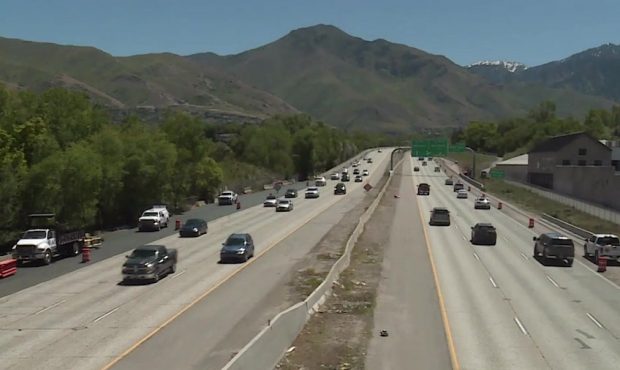Safe in 60: New Lane Filtering Law Explained
May 20, 2019, 10:47 AM
SALT LAKE CITY, Utah — Some of the worst traffic accidents I have seen have involved motorcycles, and many times, the motorcyclist is not the one at fault.
Thirty-six people died in motorcycle accidents on Utah roads last year. A new law aims to prevent some of those accidents and help save lives.
House Bill 149 went into effect on May 14. It allows “lane filtering,” which allows a motorcyclist to move between two lanes of vehicles to the front of stopped traffic.
It’s designed to prevent motorcycles from being rear-ended.
Lane filtering is only legal under certain conditions:
- The roadway must be divided into two or more lanes in the same direction of travel.
- The speed limit on the roadway must be 45 miles per hour or less.
- The vehicle(s) being overtaken must be stopped.
- The motorcycle is traveling at a speed of 15 mph or less.
- The movement may be made safely.
Lane filtering is allowed in parts of Europe and Asia, but Utah is only the second state, behind California, to legally allow some type of lane filtering for motorcycles in the United States.
Unlike California, Utah does not allow “lane splitting,” which happens frequently on freeways while traffic is stopped or slow-moving.
Utah’s lane filtering law will expire on July 1, 2022 at which time it will be reevaluated by lawmakers to decide if any changes should be made.
Motorists – please remember to take a second look in the mirror or over your shoulder to look for motorcycles. Together, we can all save lives.
Reference: New Lane Filtering Law












